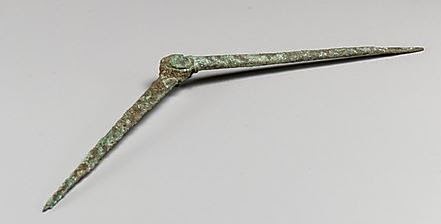I think people who have never done precision hand filing on metal may not understand the precision that is possible doing it. It may take anywhere from 10 to 30 strokes with a file to cut .001" depending on how fine the file is. That means each stroke of the file will only take .0001" (One Ten Thousandth of an Inch) or a bit more at a time. Yes, even though the teeth of 18th century hand files were hand cut, they were still capable of this kind of precision file cutting.
Wallace Gusler and Gary Brumfield proved, at the Gunsmith Shop at Colonial Williamsburg, that precision reaming of barrels was quite possible using period tools. Using period techniques, final reaming would give "borings that were as fine as face powder" and the barrels were slightly tapered larger at the breech to smaller at the muzzle with the bores varying no more normally than .001" to .003" at most. Further, if the mold was cut for the barrel before the barrel was final reamed, balls cast from the mold could have been used as "Go/No Go" gauges and the bores reamed very precisely to the diameter of the balls that would be shot in the barrels.
Brown Bear already mentioned how it was possible to do very exact fitting of parts by using hand files and simple pole or other hand powered lathes.
My Grandfather began learning the machinist trade before WWI. Even though he had a set of early precision "direct read" calipers (No Dial to read), he often used a variety of simple calipers to do machine work of the styles that went back to the 18th century and before. Some of those calipers could be locked in place with a screw thread and others were only friction fit. He used the simple calipers a lot more of the time than I would have thought to use them, because he claimed it was faster to work that way.
Gus





 :idunno:
:idunno:

